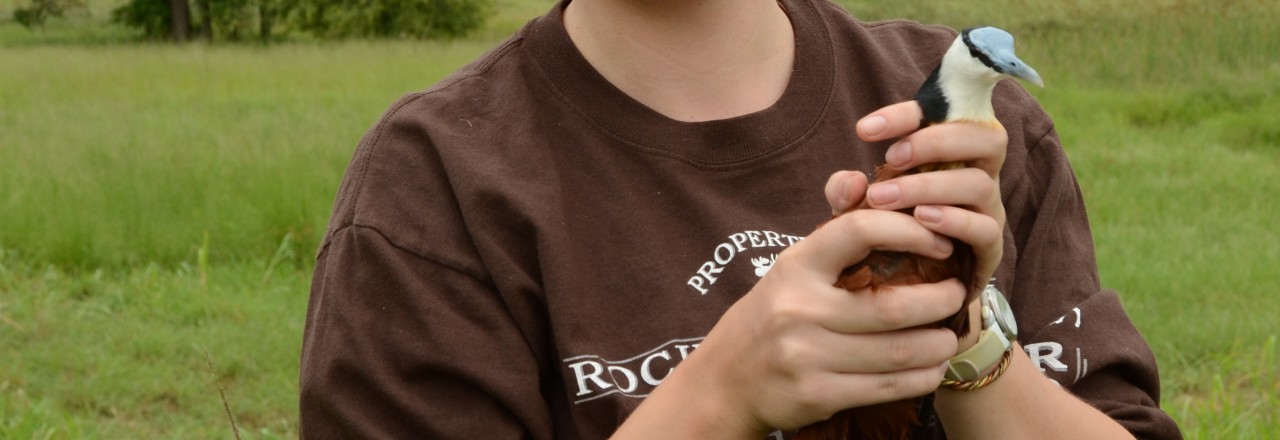For a field that’s grounded in fact, science has a lot of room for uncertainty. The study of wild animals especially is notoriously tough, because guess what? Nature is complex. Things are affected by other things, which are affected by other things that we don’t even know about. So we investigate links, and we look at relationships. The stories that unfold are beautiful, fascinating models of that complexity – but always in the back of our minds is the old adage drummed into us as under-graduates: correlation is not causation.
My own work is a study in correlation. Using data collected over many years, I look at relationships between biological parameters, that might suggest explanations for the phenomena we see in nature. For example, is rainfall linked with the production of larger meerkat litters? There may be a clear correlation showing that in years with high rainfall, larger litters were produced – but this doesn’t mean that high rainfall caused the higher litter sizes. Even if we think it’s fairly likely that higher rainfall means mothers in better condition, higher food availability, and consequently higher pup survival, we didn’t do a controlled experiment where we recreated the same conditions but with lower or no rain – so we can’t be absolutely sure that rain caused more babies. Period. No matter how much data there is.
Unfortunately, things that might explain why something happens, or that are linked to a behaviour, or which suggest possible mechanims don’t make very sexy stories. During my time as a Media Fellow, and since in my experiences with dealing with the press, I became increasingly aware of the gulf in understanding of the issue of uncertainty and correlation between scientists and journalists. The researchers at Countryfile were meticulous and sensitive in their scripting to take these issues into account, but many journalists who don’t have an understanding of how research works are uncomfortable with the level of uncertainty that is inherent in many fields of science. Either the uncertainty is covered up and presented as truth, or it is used to discredit the work.
The correlative nature of my recent database study of meerkat allolactation was lost in translation as far as (most) journalists were concerned, and I became an example of the former. My paper showed that meerkat females were more likely to nurse litters born to other females if they had recently lost a litter themselves due to abortion, or their litter being killed by the dominant female. I was initially amused, and then progressively irritated as this correlative finding became “Meerkat dominants murder babies to force females to nurse!” Perhaps a minor misinterpretation in the scheme of things – but deeply embarrassing to me as a scientist.
Problems with interpreting correlation are widespread in coverage of more important research too, something I’ve noticed more and more since my time as a Fellow. How many damning headlines about climate change research have you seen, sweeping away responsibility because scientists can’t say that humans definitely caused global warming? The figures speak volumes, but because there can be no controlled experiments on some hypothetical human-free planet, so correlation cannot be portrayed as causation, even if the relationship is clear.
Similarly, veterinary scientists and epidemiologists cannot say that badgers cause bovine TB in cattle in the UK, though there seems to be a correlation. The ongoing badget cull in Somerset and Gloucestershire may be the closest we will get to a controlled experiment to assess the effects of a reduction in badger number on TB incidence, but until then, it remains a speculative link.
It’s clear that when the stakes are high, uncertainty can be important. But uncertainty is part of science, and doesn’t diminish the findings, or how interesting a story is. This was, I think, the most important insight from my time in the media camp: Journalists, embrace uncertainty! Report it, but let your audience make up your minds. And scientists, be clear about what you’ve shown, to what degree. In no uncertain terms.
